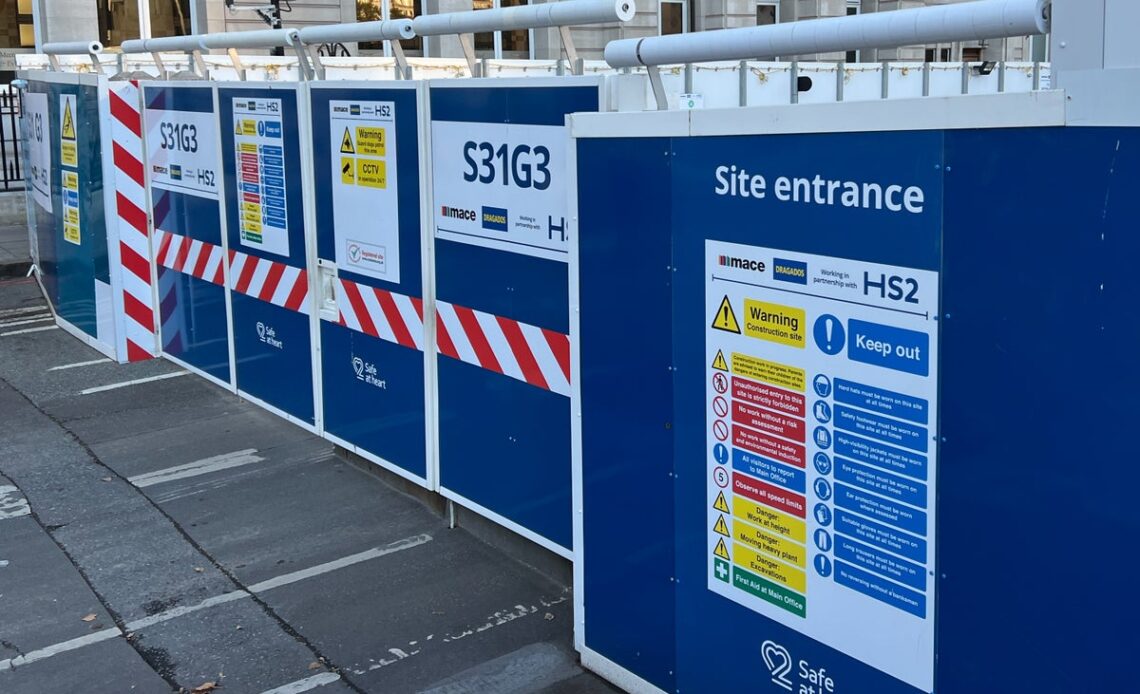The High Speed 2 rail project intended to connect the North of England with the Midlands and London has been scrapped north of Birmingham.
Rishi Sunak made the announcement in his first speech as prime minister at the Conservative Party Conference in Manchester.
The prime minister said: “HS2 is the ultimate example of the old consensus.
“I am cancelling the rest of the HS2 project. And in its place, we will reinvest every single penny – £36bn – in hundreds of transport projects.”
What will this mean for travellers? These are the key questions and answers.
What was HS2 in the North expected to do?
The legs from Birmingham to Manchester via Crewe and to Leeds via Sheffield were expected to transform travel between the North of England, the Midlands and London.
Travel times from Manchester and Leeds to Birmingham were initially intended to be better than halved from existing journeys, with these key intercity links taking less than 50 minutes.
The proposed travel times to London were 71 minutes from Manchester and 81 minutes from Leeds.
Leeds to Manchester was due to be almost halved to 29 minutes.
The main aim, though, was not so much about speed – but unlocking capacity on the 19th-century rail network bequeathed by the Victorians.
The current semi-high speed trains, which can reach 125mph, devour capacity on the overstretched infrastructure.
By moving intercity passengers to an all-new network, far more room is created to allow more regional, local and freight trains to run.
As the-then transport secretary, Grant Shapps, said in November 2021: “It will create the kind of faster, greener and more frequent rail services that allow people to access many more jobs; make towns and cities more attractive to business; and unlock housing opportunities for many families.
“It will also give confidence to passengers, businesses and investors that historic weaknesses in the regions’ rail network are finally being fixed.”
All stations? Official HS2 map showing the original planned extension from Birmingham to Leeds via Nottingham and Sheffield
(HS2)
What will happen instead?
The first phase of HS2 is currently under construction. The line from a new station, Birmingham Curzon Street, will run south – initially to a patch of land in west London known as Old Oak Common. It will be connected with the east-west Elizabeth Line through the…
Click Here to Read the Full Original Article at The Independent Travel…
